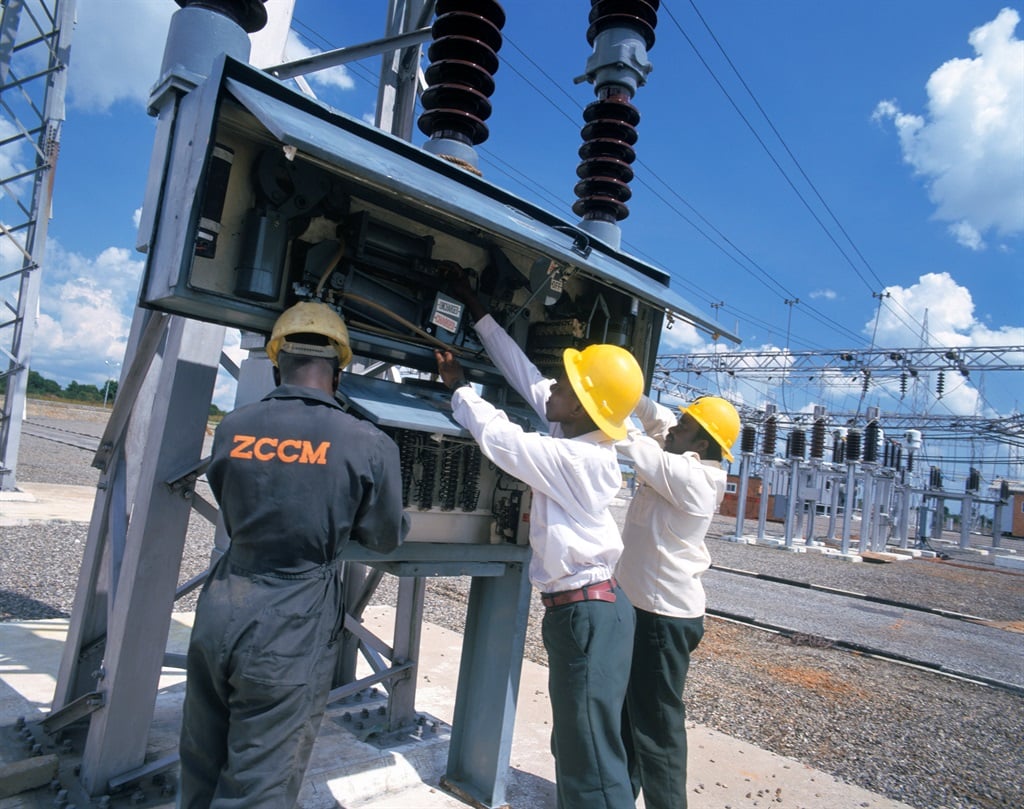An electricity sub-station in Zambia. (Photo by Damian Gillie/Construction Photography/Avalon/Getty Images)
Zambia’s electricity crisis have intensified, with households now getting not more than three hours of supply daily after the worst drought in decades curbs hydropower generation that accounts for about 85% of output.
Zesco, the state-owned power utility, has relied on imports via neighbouring Namibia to cushion the deficit, and a transmission-line fault meant it can only carry less than a quarter of the anticipated 160 megawatts, the company said in a statement late Sunday. That’s triggered unprecedented levels of rolling blackouts, even worse than previously planned.
The El Niño-induced drought’s already wiped out half of Zambia’s staple corn crop and prompted the government to slash its 2024 economic-growth forecast to 2.3% from 4.8%.
A worse-than-expected electricity shortage could further hurt growth and fan inflation in Africa’s second-biggest copper producer that’s still emerging from a painful, prolonged debt restructuring.
Zambia’s electricity deficit has gradually worsened since March, when the daily rolling blackouts began.
Maintenance works at the country’s only coal thermal-power plant have in recent weeks intensified the shortage, cutting 150 megawatts from the grid. The government may have to altogether shut down generation at the Kariba dam, the world’s biggest artificial freshwater reservoir, as Zesco rapidly runs down its annual water allocation.
The government has sought to shield the copper-mining industry that accounts for about 70% of export earnings, and operators are making do with costly imports.

